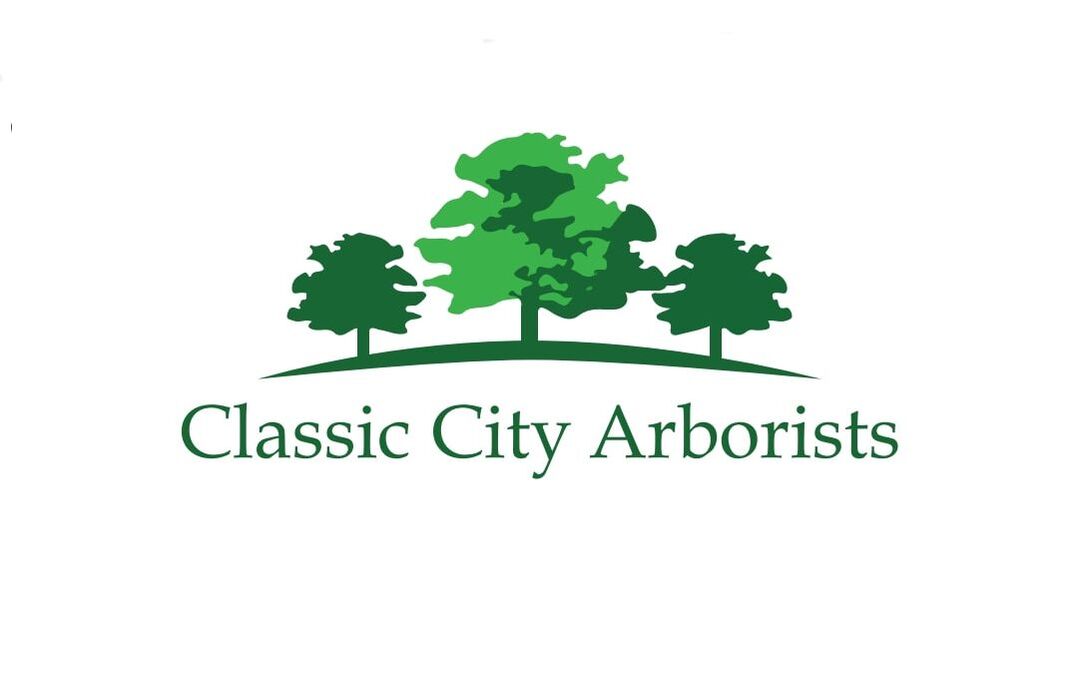|
News and Blog Articles
|
|
Quercus nigra, more commonly known as the water oak, is a highly adaptable oak species native to the southeastern United States. These handsome trees have also been called names like the spotted oak, duck oak, punk oak, orange oak, and even possum oak. Though naturally found in swampy areas along ponds and river beds (which is why we call them water oaks!), this species is surprisingly content with almost any soil composition. Water oaks can handle well-drained conditions, and even grow well in compacted soil, meaning they get on just fine in the hard red clay Georgia is known for. This adaptability doesn’t extend to sun exposure, though. Water oaks require full sun, which means at least 6 hours of direct sunlight a day. Some trees will tolerate light shade, and most can weather occasional cloudy, rainy days. But too much shade can be fatal. Luckily, there’s no shortage of sunlight in the South! Water oaks are one of the fastest-growing yet shortest-lived oak species. They can easily add more than 2 full feet of height each year until they reach maturity, when they top out at around 50 to 80 feet tall. But they live only an average of 60 to 80 years. The sprawling canopy of these trees generally spread just as wide as they do tall, making for excellent shade from the summer sun. These canopies vary in overall shape, with some staying more rounded while others grow more conically. Though the canopies are visually attractive, and often lead to these trees being used in landscaping and cityscaping, water oak wood is notoriously weaker than other oak woods. The limbs are liable to break and snap under their own weight, and are especially at risk in high wind conditions. The main trunk of the water oak is often slenderer than one might expect for its size, reaching only a few feet in diameter over the course of the tree’s life. The bark on these trunks starts out smooth and creamy brown. As the tree ages, rough and scaly ridges appear, and the color fades to grayish-black. Water oak leaves can be anywhere from 1 to 5 inches long and ½ an inch to 2 inches wide. They can feature as many as five gently-sloping lobes, but may also be smooth with no lobes at all. Their color ranges from dark green to bluish-green on top. The underside is generally a pale bluish-green with rust-colored hairs that run along the leaf veins. Despite the wide variety of shapes, sizes, and colors, water oaks are very easily identifiable by their leaves alone. All water oak leaves feature a rounded lobe at their tip that looks almost like a drop of water. In the fall, water oaks offer a showy display of yellow foliage that they hold on to well into the winter months before finally shedding. Cylindrical male flowers and female spikes lead to an abundance of acorns that average a mere half-inch in length. These acorns are often striated brown and black, and are topped with a shallow cap. They require two seasons to mature before they can grow into their own tree. As with all oaks, water oaks are susceptible to oak wilt, an often-fatal disease. Their softer wood is prime real estate for pests such as nut weevils, leaf miners, oak lace bugs, and other borers. If you suspect your water oak (or another tree) may be infested or infected, check out our article on the signs of decay! For more species spotlights, browse our collection of Tree of the Month articles. AuthorEmily Casuccio is sister and sister-in-law to Rebekah and Scott Rushing, and has over half a decade of experience in copywriting, copyediting, proofreading, and developmental storyboarding. She's worked with both published and undiscovered authors on both fiction and nonfiction, and takes pride in supporting local businesses. Her passion lies in the written word and helping authors of all capacities realize their dreams and achieve their fullest potential. To learn more about her, read samples of her work, or contact her, visit her online portfolio.
0 Comments
Your comment will be posted after it is approved.
Leave a Reply. |
Categories
All
Archives
January 2023
|
|
23 Whatever you do, work at it with all your heart, as working for the Lord, not for human masters,
24 since you know that you will receive an inheritance from the Lord as a reward. It is the Lord Christ you are serving.
Colossians 3:23-24
24 since you know that you will receive an inheritance from the Lord as a reward. It is the Lord Christ you are serving.
Colossians 3:23-24

